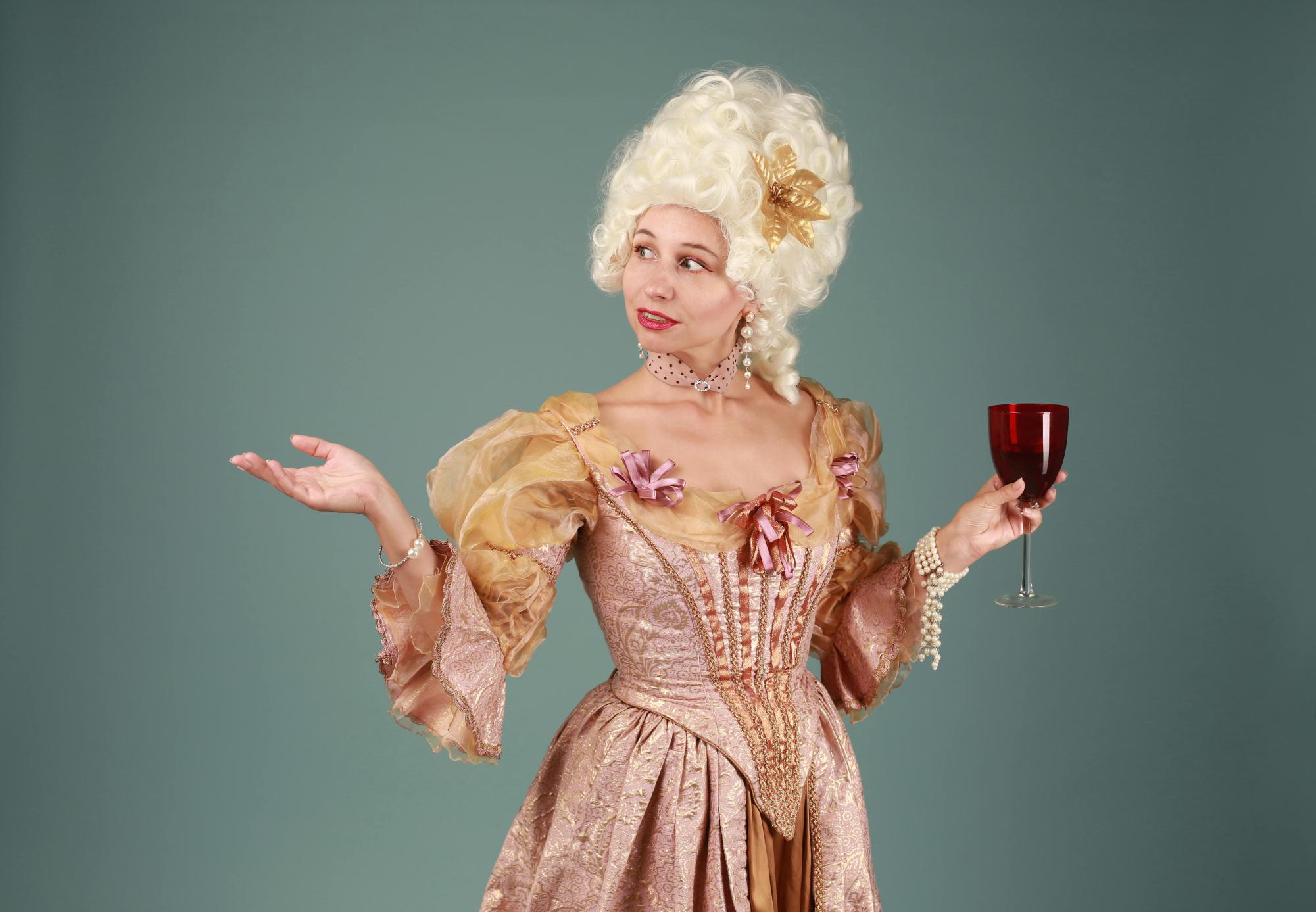TRUTH MATTERS… Donate to support excellence in student journalism
Today, powdered wigs might seem like a strange fashion choice, but in the 18th century, they were the height of sophistication and a powerful symbol of status.
What now seems outlandish was once a sign of wealth and authority, with some wigs towering several inches high– making them both a fashion statement and a marker of social class. Far from just a quirky accessory, powdered wigs were a reflection of a strict class system. Those who could afford them were often the ones shaping history.
Worn by judges, politicians and aristocrats, these elaborate wigs were often crafted from horsehair, then powdered white or gray to create a dramatic look.
The concept of the powdered wig emerged in 17th century France. King Louis XIII is the man responsible for this trend, as he wore the ‘periwig’ to cover his balding.
In 1624, 23 year old King Louis XIII of France was in a crisis– he was balding! King Louis was not interested in finding out what the public would say of his hair at a time when hair symbolized power and nobility. Instead, he made a decision that would kick off an 150-year fashion craze– he wore a full wig.
Long before King Louis, people adopted wigs for various reasons, including hygiene, theater and anti-aging endeavors. During the middle ages, the Catholic Church discouraged wig wearing, so those who continued to adopt wigs went for natural-looking styles. As rules relaxed in the 1500s, wigs became an acceptable accessory.
Queen Elizabeth I of England owned over 80 red wigs, one of which adorned her funeral effigy. It wasn’t until King Louis the 13th revealed his wig usage, however, that the popularity of wigs accentuated.
In the mid 1600s, the trend amplified after King Louis XII’s son, King Louis XIV, invested in France’s luxury-good industry.
The number of wig makers quadrupled, with wigs being made of human and animal hair– typically from poor women or cheaper materials, like wool and horsehair.
In order to clean their wigs or eliminate odors and absorb sweat, people showered them with perfumed powdered chalk and aromatics.
Individuals who wore wigs were known as the “elites” of society. Four of the United States’ presidents wore wigs, including John Adams, Thomas Jefferson, James Madison and James Monroe. George Washington never truly wore a wig, but was rather a ginger who powdered his hair white to seem elite.
However, as France faced a bread shortage, flour-powdered wigs were viewed as problematic.
Then, in 1795, England’s parliament passed a ‘powder tax,’ requiring people to pay a tax for their hair powder, along with an annual certificate. As a result, wigs fell out of fashion and people ultimately abandoned them.
Many people now find powdered wigs to be hideous and don’t understand how it was ever a fashion trend.
“It always looked ugly and goofy, I don’t understand why such a tall and white wig made people think they look sophisticated,” senior Mario Bacamen said. “Why not just go with a more simple look?”
Though the white powdered wig has largely disappeared from everyday life, it’s associated with former presidents and rulers allows its legacy to live on.






